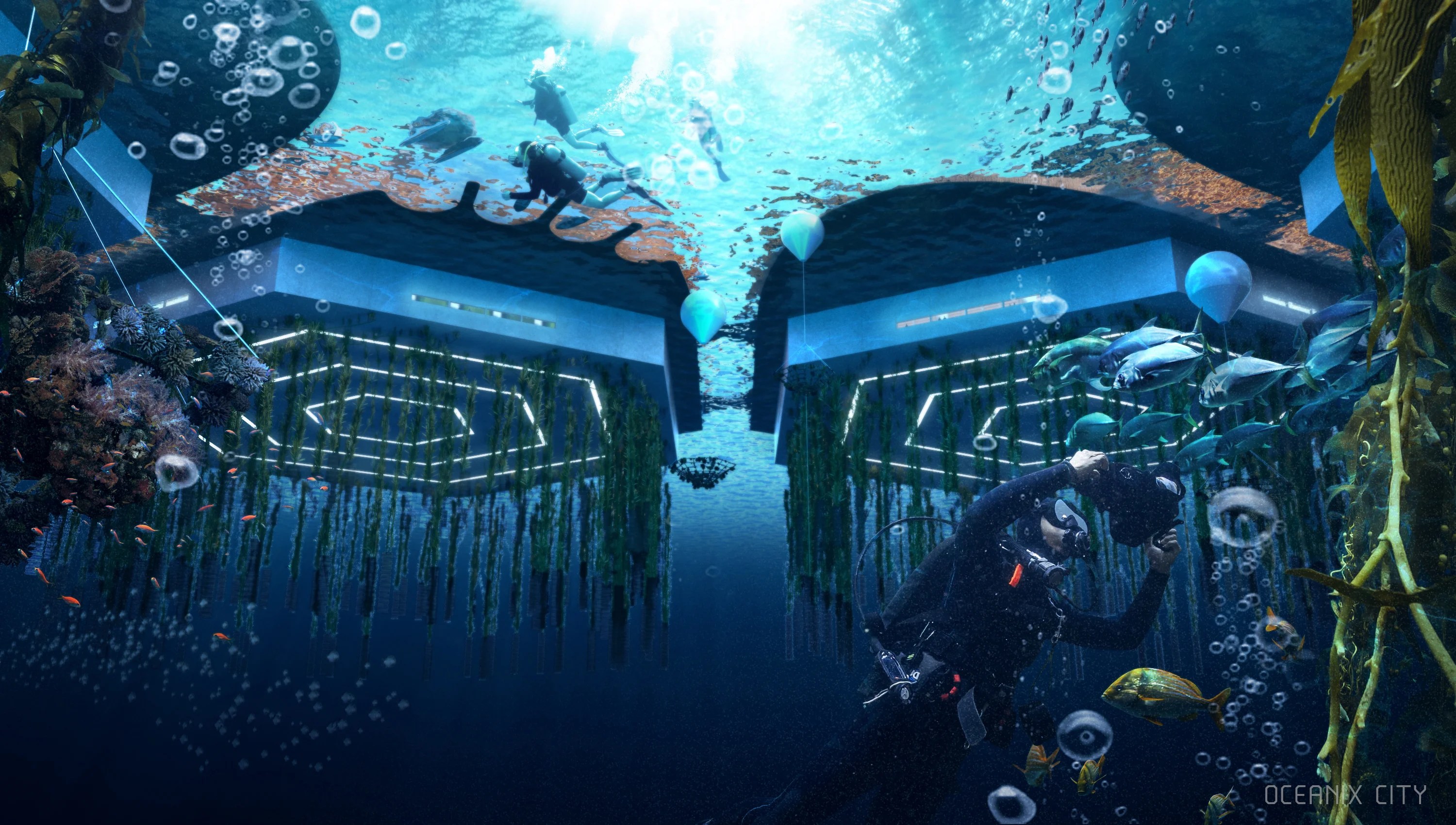Seasteading is making a comeback — but these utopian paradises on the high seas have a history of failure

Wayne Gramlich was there at the very beginning of the Internet. While still in high school in the mid-1970s, the now 69-year-old managed to access the nascent technology — then called the ARPANET — and he decided on MIT for college because it was one of only a handful of universities in the United States at the time that was online.
True to form, the lifelong software engineer and computer enthusiast, who recently retired from Google Brain’s robotics department, still prefers to use a landline, once helped track down a friend’s brother who needed deprogramming from a cult — and in his spare time helped create the Snoo. (He’s signed enough NDA’s that he can’t describe the experience in any detail, but he calls the famous baby crib “probably the most successful robot on the market today”.)
In other words, Wayne Gramlich has led a very interesting life.
But perhaps the most interesting part of all is how he partnered with the poker-playing grandson of the noted economist and statistician Milton Friedman and — along with half a million dollars of Peter Thiel’s funding — attempted to build a libertarian nation-state … on the sea.
“Seasteading” — as Gramlich called it in an early paper, a term that drew a connection with early American homesteads and caught on among Silicon Valley types — was seen as a solution to a lot of things. Libertarians believed governments were broken, cities bloated and land-based civilization a lost cause. The solution to problems like government oversight, as they saw it, was to abandon the nation-state entirely — and start again on floating platforms in international waters.
Did Gramlich himself believe that? No, he says, and he was fairly unimpressed with the pie-in-the-sky ideas of some of the most ardent libertarians around at the time. “I read Atlas Shrugged. I said: Boring, and not very realistic.”
But he did find the engineering problem of building a seastead — basically, a community that floats on the water — extremely interesting. He’d seen people discussing it in early online forums. They always used imagery of flat seas without waves, and their calculations failed to take into account bad weather or dynamic movement. Gramlich thought he could do better.
He started tinkering around with a more realistic version of an overwater city, one that could withstand high winds and disturbance in the water. He thought about a platform made out of plastic bottles lashed together and floating near a shoreline, or an open-seas version that took its inspiration from oil rigs.
Two or three people sent him emails, just to chat, when he published his ideas on his website. Then he got an email that was a little different from the others. It came from Patri Friedman, grandson of the late economist Milton, and he wasn’t just casually interested in seasteading. He was really interested.
“We bounced ideas off each other,” says Gramlich, and then eventually they realized they were both based in Sunnyvale, California. They met up for lunch. They talked some more. Patri was interested in building a libertarian utopia; Wayne wanted to see if building a new nation-state on the water was truly viable from an engineering perspective.
It was a workable partnership, but not always easy.
Seasteading is “not a political problem,” says Gramlich, “and I kept pointing this out to Patri. I said, ‘You know, you can practice any kind of government you want, but you have to have the technology first.’”
There was another group of people who called themselves The Atlantis Project who were also online at the time, and the way they were going about things seemed like a warning sign to Gramlich. “The first thing The Atlantis Project did is they wrote a constitution,” he recalled. “And I’m like, ‘You don’t even have the technology and you have a constitution? That seems kind of silly.’”
Gramlich was now embroiled in the world of tech-forward libertarians, people who would eventually come to refer to themselves as the New Right — with Peter Thiel as their leader and JD Vance one of its main acolytes.




